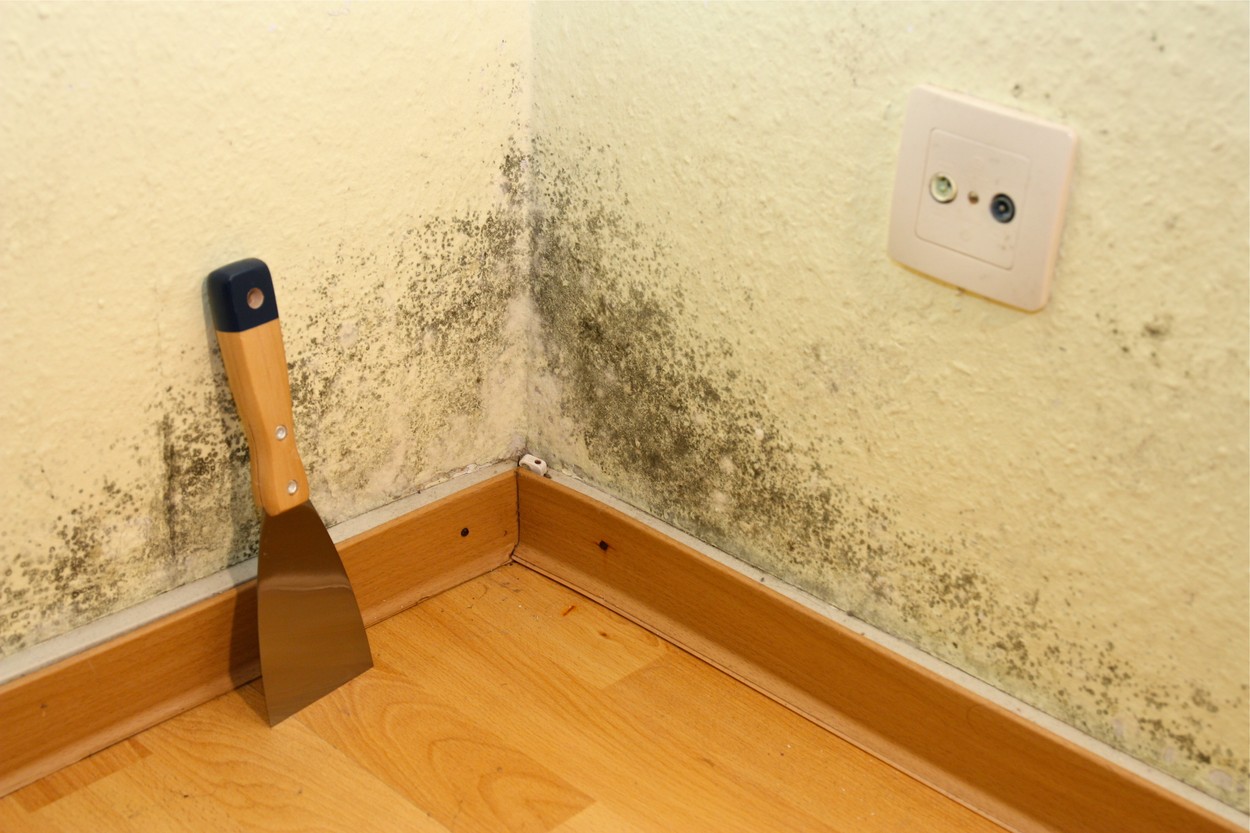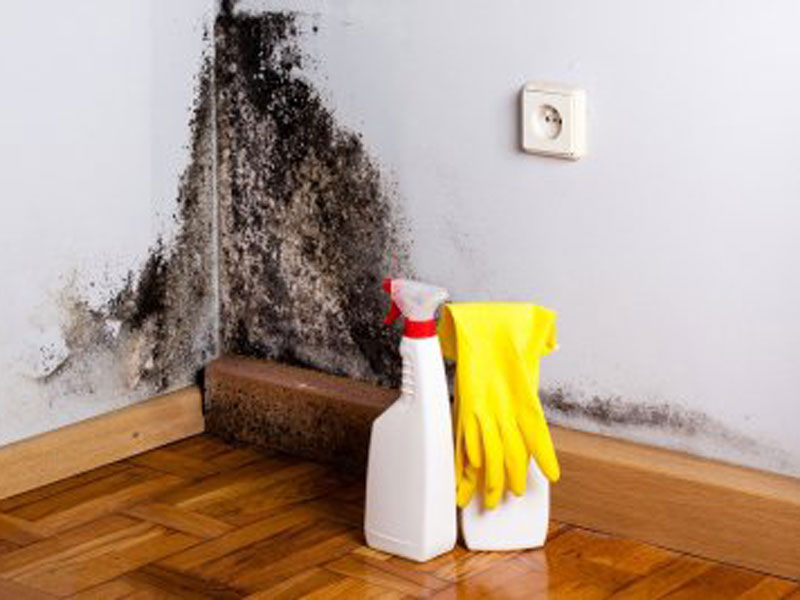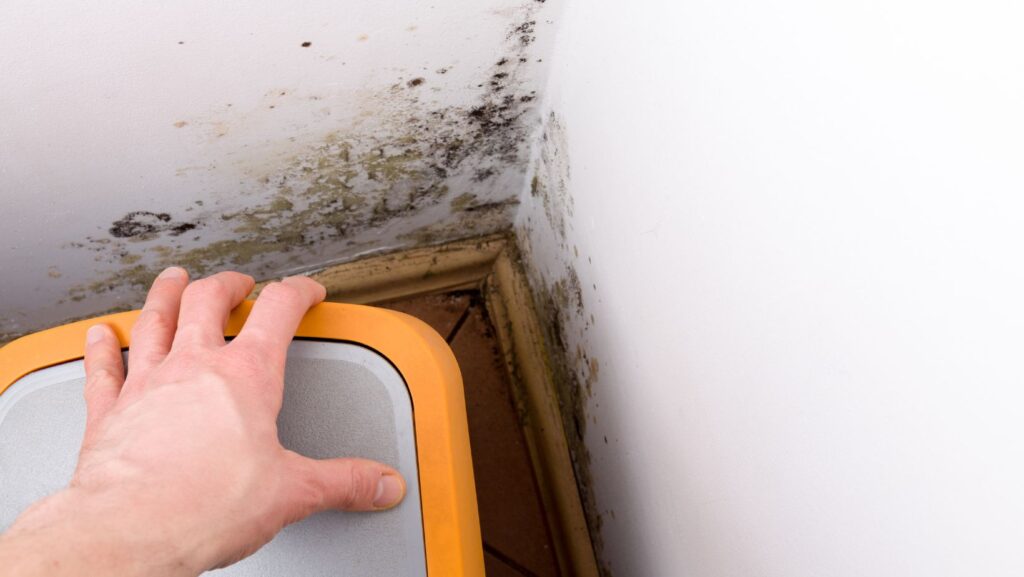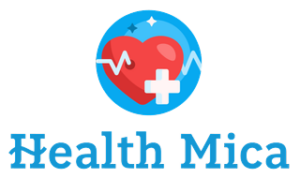
Hidden mold can be a silent adversary lurking within the walls of our homes, releasing spores that may wreak havoc on our health. Often invisible to the naked eye, this insidious growth can trigger a range of uncomfortable symptoms, from persistent allergies to serious respiratory conditions.
It might be easy to dismiss that nagging cough or sudden fatigue as mere allergies or stress, but what if the real culprit is hiding just out of sight? In this article, we will delve deep into the world of hidden mold, helping you uncover the signs that it might be affecting your wellbeing. With practical strategies for detection and prevention, we aim to empower you to take action before mold escalates from a hidden nuisance to a serious hazard.
Don’t wait for the consequences to unfold; the time to act is now.
The Health Impacts of Mold Exposure

The health impacts of mold exposure can be surprisingly varied and often insidious, manifesting in ways that are subtle yet significant. When individuals inhale or come into contact with mold spores, they may experience a cascade of symptoms ranging from sneezing and nasal congestion to more severe respiratory issues, such as asthma or bronchitis.
For some, the effects can escalate into persistent headaches, fatigue, or skin irritations, while others may develop allergic reactions that linger long after the exposure has ceased. Those with compromised immune systems or underlying health conditions may face even graver concerns, including infections that could necessitate medical intervention.
The hidden nature of mold—often lurking in dark, damp corners of homes—means that awareness and proactive detection are essential in averting these health dilemmas before they commandeer your well-being.
Signs You May Have Hidden Mold

Hidden mold can manifest in subtle yet distressing ways, often eluding immediate detection. If youve noticed a persistent musty smell wafting through your home, even in areas that seem dry, it might be a sign of concealed spores lurking behind walls or under flooring.
Are you experiencing unexplained allergy symptoms, such as sneezing, coughing, or itchy eyes, that flare up indoors but dissipate outside? This could indicate a mold-related issue. Pay attention, too, if you find dark spots appearing in damp corners or even beneath sinks, as they can signal a thriving mold colony.
And lets not forget the enigmatic health complaints — unexplained fatigue, headaches, or respiratory troubles that seem to worsen at home, beckoning a closer look at your living environment. These signs, when pieced together, could reveal a hidden danger lurking just out of sight.
Preventing Mold Growth

To effectively prevent mold growth, a multifaceted approach is essential. First, maintain ideal humidity levels in your home—ideally between 30% and 50%—to create an environment that is inhospitable to mold spores.
Simple practices like using exhaust fans during cooking and bathing can help minimize moisture. Additionally, inspect your home for leaks or water damage regularly; a small drip might seem harmless, but it can quickly turn into a mold breeding ground if left unchecked.
Ensuring proper ventilation in attics, basements, and other damp areas isn’t just beneficial—it’s crucial. Finally, consider utilizing mold-resistant materials during renovations or repairs, and don’t overlook the power of routine cleaning, especially in often-neglected spaces like around air conditioning units and behind appliances.
By being proactive, you create a fortress against the insidious invasion of mold, safeguarding your health in the process. Remember, the stakes are high, and vigilance is key.
Conclusion
In conclusion, hidden mold can pose significant health risks, often going unnoticed until it has caused considerable damage to both your home and your well-being. Being proactive in identifying potential sources of mold growth is essential for maintaining a safe and healthy living environment.
Regular inspection and awareness are key to preventing mold-related illnesses. If you suspect hidden mold could be affecting your health, consider professional help, such as mold inspection Tampa, to ensure a thorough evaluation and remediation of any issues. By taking these steps, you can protect yourself and your loved ones from the harmful effects of mold, ensuring a healthier future.



